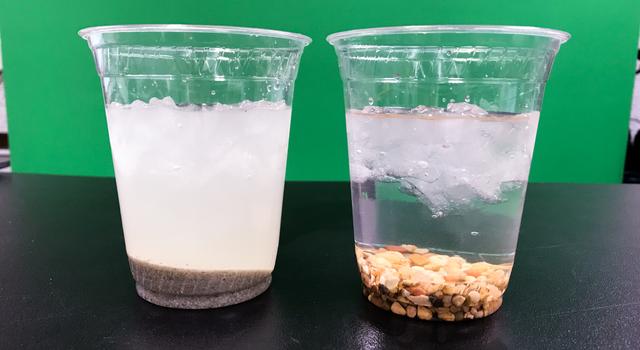All Resources
Discovering Alien Oceans: Density

Scientists believe that Jupiter's icy moon, Europa, has a liquid-water ocean underneath its frozen surface. While we can’t see that ocean directly, we can use the mass and density of known substances to predict what exists underneath the surface. In this activity, students will use the fundamentals of density to propose a model for the interior structure of Europa.
View the full classroom activity on the JPL Education website ›


